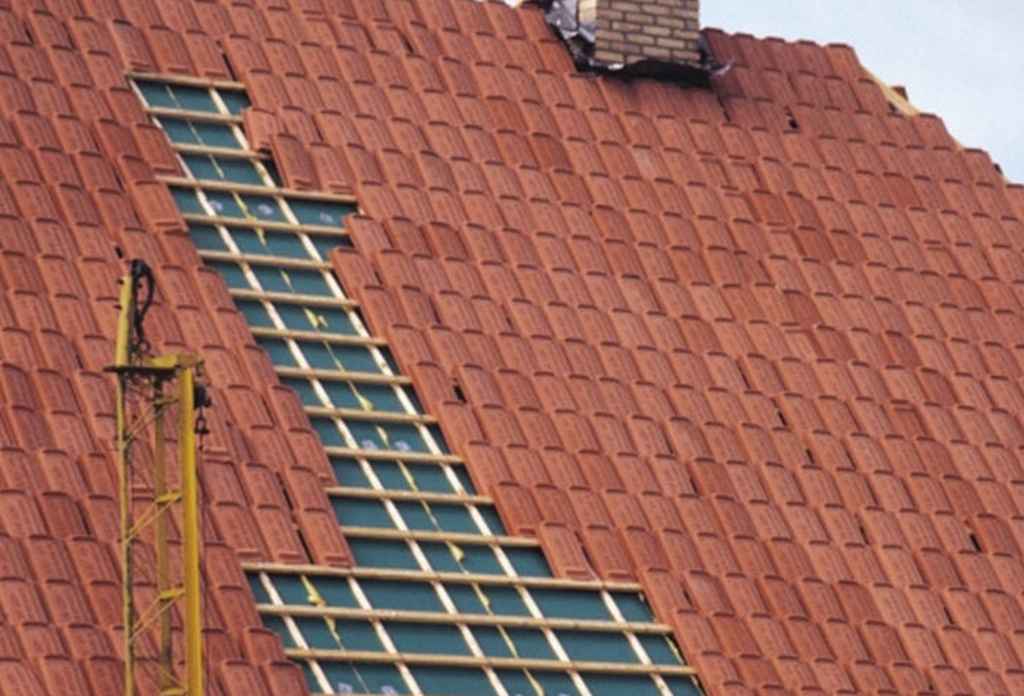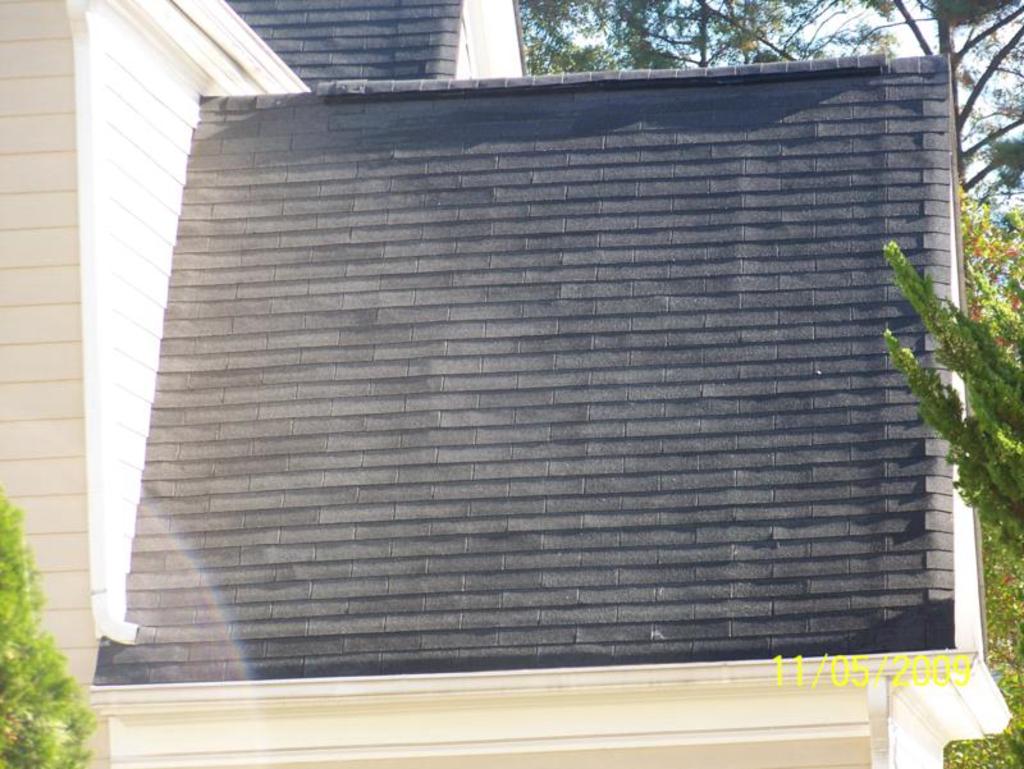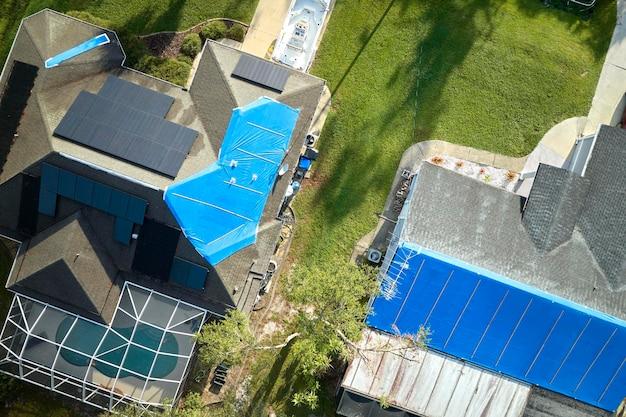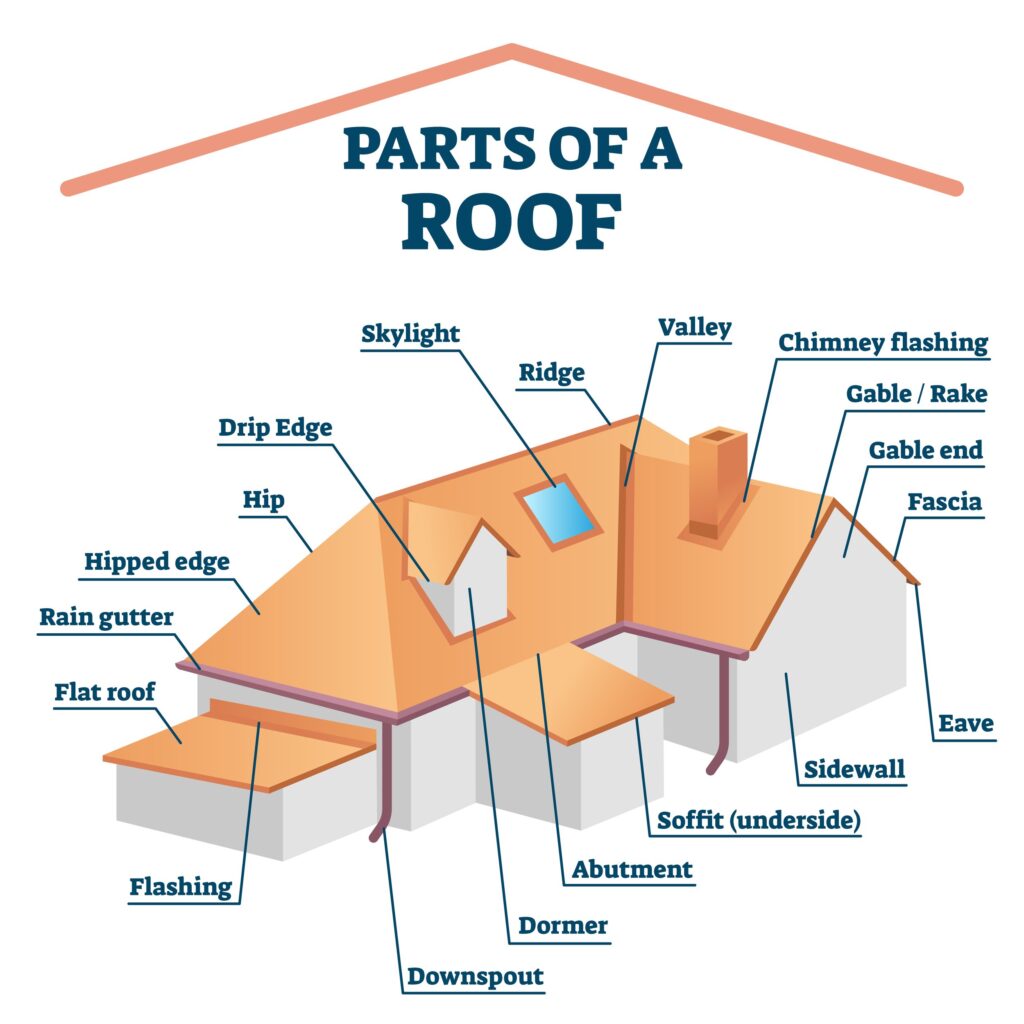If you’ve ever found yourself pondering whether or not to replace your roof, even though it’s not leaking, then you’re not alone. Many homeowners often face this dilemma, unsure of whether it’s necessary to invest in a new roof when everything seems fine. In this article, we’ll explore the factors to consider when deciding whether or not to replace a non-leaking roof, helping you make an informed decision about the future of your home.


Overview
If you are wondering whether to replace your roof even though it’s not leaking, you’ve come to the right place. While a leaking roof is an obvious sign that it needs to be replaced, there are several reasons why you might consider replacing a non-leaking roof as well. In this article, we will explore the various factors to consider when making this decision. From the condition of your roof to financial considerations and environmental impacts, we will provide you with a comprehensive guide to help you make an informed decision.
Roof Condition
The first thing to evaluate is the current condition of your roof. While it may not be leaking, there could be underlying issues that are not immediately apparent. It’s important to inspect your roof regularly to identify any signs of damage or deterioration. By doing so, you can catch potential problems before they become major issues.


Reasons to Replace a Non-Leaking Roof
There are several compelling reasons why you might choose to replace your non-leaking roof. One reason is improved energy efficiency. Older roofs tend to be less energy efficient, allowing heat to escape during the winter and enter during the summer. By replacing your roof, you can install new insulation and energy-saving materials, resulting in lower energy bills.
Another reason to replace a non-leaking roof is enhanced aesthetics. An aging roof can significantly detract from the overall appearance of your home. By investing in a new roof, you can improve the curb appeal and give your home a fresh, updated look.
Additionally, a new roof can increase the value of your property. If you plan to sell your home in the future, a well-maintained and modern roof will be a selling point for potential buyers. A new roof can also provide peace of mind, knowing that you have a secure and reliable roof over your head.
Reasons to Keep a Non-Leaking Roof
While there are valid reasons to replace a non-leaking roof, there are also instances where it may be more prudent to keep it. One reason is the cost of replacement. Installing a new roof can be a significant financial investment, and if your current roof is in good condition, you may choose to delay replacement until it becomes necessary.
Another reason to keep a non-leaking roof is if it has a considerable lifespan remaining. Different roofing materials have varying lifespans, and if your roof is relatively new, it may make sense to wait a few more years before replacing it.


Factors to Consider
When deciding whether to replace a non-leaking roof, several factors should be taken into account. One factor is the average lifespan of different roofing materials. Understanding how long your current roof is expected to last can help you determine if it’s worth replacing.
Another important consideration is the current age of your roof. Even if it’s not leaking, an older roof may have hidden damage or deterioration that could lead to problems in the future. Regular inspections can help gauge the overall condition and age of your roof.
Signs of Roof Damage
To identify potential roof damage, it’s essential to conduct regular inspections. Start by visually inspecting the roof from the ground, looking for any visible signs of wear or damage. Pay attention to missing or damaged shingles, sagging areas, or any signs of water staining. If you notice anything out of the ordinary, consider contacting a professional roofer to conduct a thorough inspection.
Some common signs of roof damage include cracked or curling shingles, granule loss, moss or algae growth, and sagging or dipping areas. It’s important not to ignore these signs as they can indicate more significant issues that may require immediate attention.


Differentiating Minor and Major Damage
Not all roof damage is created equal, and it’s crucial to differentiate between minor and major issues. Minor damage, such as a few missing shingles or minor leaks, can often be repaired without replacing the entire roof. However, major damage, such as extensive leaks or significant structural issues, may require a complete roof replacement.
Regular inspections and prompt repairs can help prevent minor damage from escalating into major issues. It’s always best to address any signs of damage as soon as possible to avoid costly repairs down the line.
Importance of Regular Inspections
Regular roof inspections play a vital role in maintaining the integrity of your roof. By inspecting your roof at least once a year, you can catch any early signs of damage and address them promptly. Additionally, inspections after severe weather events, such as storms or heavy snowfall, are crucial to identify any potential damage that might have occurred.
Engaging the services of a professional roofer for inspections is recommended, as they have the expertise to identify hidden issues and provide accurate assessments. Investing in regular inspections can save you money in the long run by catching problems before they escalate.


Roof Lifespan
Understanding the lifespan of different roofing materials is essential when considering whether to replace your non-leaking roof. On average, asphalt shingles can last around 20-30 years, while metal roofs can have a lifespan of 40-70 years. Other materials, such as wood shakes, slate, or tile, can have lifespans ranging from 30-100 years.
Factors such as weather conditions, regular maintenance, and the quality of installation can impact the lifespan of your roof. It’s essential to consider the current age of your roof and compare it to the expected lifespan of the material to make an informed decision.
Benefits of Replacing a Non-Leaking Roof
While a non-leaking roof may not be causing immediate problems, there are several benefits to replacing it proactively. One significant benefit is improved energy efficiency. Older roofs often lack adequate insulation, leading to energy loss and higher utility bills. By replacing your roof with energy-saving materials and proper insulation, you can enjoy reduced energy costs and a more comfortable home.
Another advantage of replacing a non-leaking roof is enhanced aesthetics. A new roof can add beauty and value to your home. Whether you choose a modern design or a classic style, a new roof will give your home a fresh look and increase its curb appeal.
Additionally, replacing your roof can significantly increase the value of your property. If you plan to sell your home in the future, having a new roof can be a selling point for potential buyers. It provides assurance that they won’t have to worry about roof-related issues for years to come.
Finally, replacing your non-leaking roof can provide peace of mind. Knowing that you have a sturdy, reliable roof that will protect your home and family from the elements can alleviate any concerns you may have about potential leaks or damage.
Financial Considerations
When considering whether to replace a non-leaking roof, cost is a significant factor to consider. The cost of replacing a roof can vary depending on several factors, including the size of your roof, the materials used, and the complexity of the installation. It’s essential to obtain multiple quotes from reputable roofing contractors to get an accurate estimate of the cost.
Financing options should also be considered if the cost of replacing your roof is a concern. Many roofing companies offer financing plans that allow homeowners to spread out the expense over time. Alternatively, you can explore personal loans or home improvement loans from financial institutions.
Another financial consideration is insurance coverage. Depending on your homeowner’s insurance policy, roof replacement may be partially or fully covered if the damage is due to a covered peril. It’s important to review your policy and consult with your insurance provider to understand the extent of the coverage.
Finally, it’s worth assessing the return on investment (ROI) when contemplating roof replacement. A new roof can add value to your property and potentially increase its resale value. While the immediate cost may be significant, the long-term benefits and potential ROI should not be overlooked.
Environmental Impact
In recent years, environmental considerations have become increasingly important when making home improvement decisions. When it comes to your roof, there are several aspects to consider from an environmental standpoint.
Firstly, the sustainability of your current roof should be evaluated. If your roof consists of materials that are environmentally unfriendly, such as asphalt shingles or metal roofs with high energy consumption during manufacturing, replacing it with a more sustainable option could be beneficial.
Eco-friendly roofing options are now widely available. For example, installing a cool roof, which reflects sunlight and reduces heat absorption, can significantly reduce energy consumption and the demand for cooling during hot summers. Additionally, materials such as recycled metal, clay tiles, or sustainable wood shakes can be excellent choices for environmentally-conscious homeowners.
By choosing an eco-friendly roofing material, you can also reduce your carbon footprint. Sustainable materials often have a lower environmental impact during manufacturing and can be recycled at the end of their life span.
Potential Risks of Not Replacing a Non-Leaking Roof
While it may be tempting to delay roof replacement if it’s not leaking, there are potential risks associated with this decision. One risk is hidden damage and deterioration. Even if your roof appears to be in good condition, there could be underlying issues that are not immediately visible. Waiting until a leak occurs could result in more extensive damage and costly repairs.
Another potential risk is increased repair costs in the future. If minor issues are left unaddressed, they can worsen over time, leading to more significant problems that require extensive repairs. By replacing your roof proactively, you can avoid these accumulating repair costs.
Lastly, not replacing a non-leaking roof can compromise the structural integrity of your home. A deteriorating roof can weaken the overall structure, making it susceptible to further damage, especially during severe weather events. Protecting the integrity of your home should be a priority, and replacing an aging roof can help ensure its long-term stability.
Long-Term Maintenance
Regular maintenance plays a crucial role in extending the lifespan of your roof. While maintenance requirements may vary depending on the type of roofing material, there are some general guidelines to follow.
Regular inspections are vital to catch any signs of damage or deterioration early on. Cleaning your roof and gutters regularly can prevent debris buildup, which can lead to water damage or ice dams. Trimming overhanging tree branches can help prevent damage caused by falling limbs or excessive shade on the roof.
It’s essential to understand that while maintenance can prolong the life of your roof, it cannot fix major structural issues or age-related wear and tear indefinitely. If your roof is nearing the end of its lifespan or has significant damage, replacement may be the more practical and cost-effective option.
Roofing Material Options
When considering roof replacement for a non-leaking roof, it’s worth exploring the various roofing materials available. Each material has its own pros and cons, and the suitability for your region and climate should be a determining factor.
Asphalt shingles are a popular choice due to their affordability and ease of installation. Metal roofs provide durability and longevity, making them an excellent option for homeowners looking for a long-term investment. Other materials, such as wood shakes, slate, or tile, offer unique aesthetics but may require more maintenance and have a higher initial cost.
Understanding the advantages and disadvantages of each roofing material will help you make an informed decision based on your budget, climate, and personal preferences.
Conclusion
Deciding whether to replace a non-leaking roof is a complex and individualized decision. By weighing the pros and cons, evaluating your specific situation, and taking into account financial considerations and environmental impacts, you can make an informed decision that best suits your needs.
Remember to regularly inspect your roof, differentiate between minor and major damage, and consider the current condition and age of your roof. If you decide to replace your non-leaking roof, ensure you explore financing options, review insurance coverage, and assess the return on investment. And don’t forget to consider the environmental impact and potential risks associated with not replacing an aging roof.
Ultimately, the decision to replace your roof should prioritize the safety, comfort, and value of your home. By making an informed decision, you can enjoy the benefits of a new roof and have peace of mind knowing that your home is well protected for years to come.







